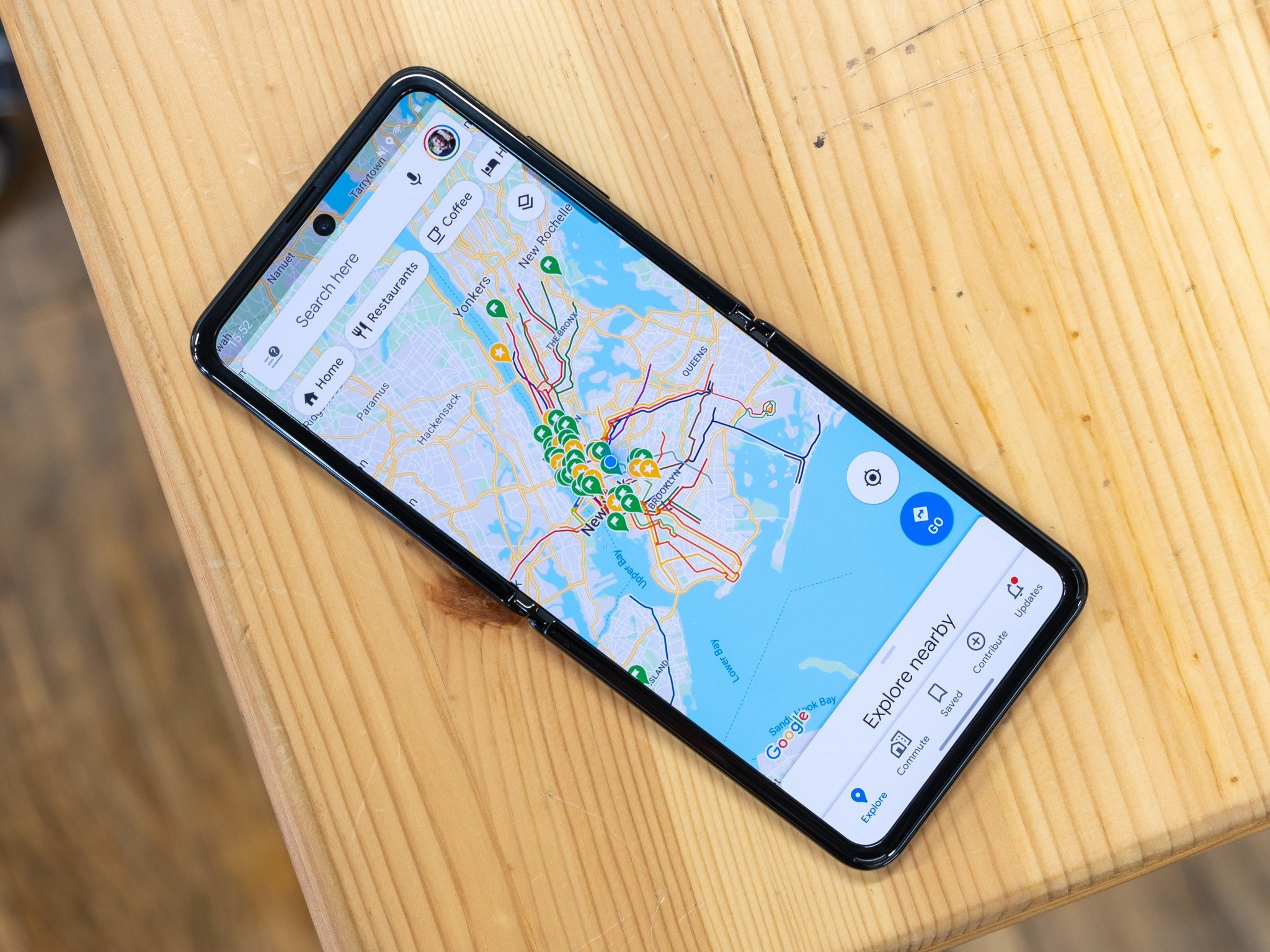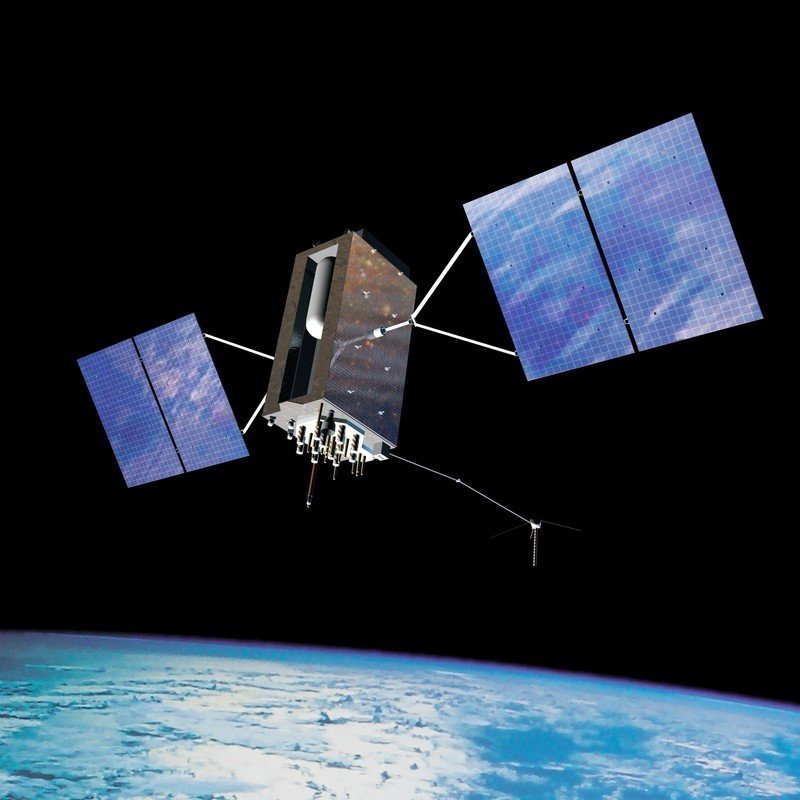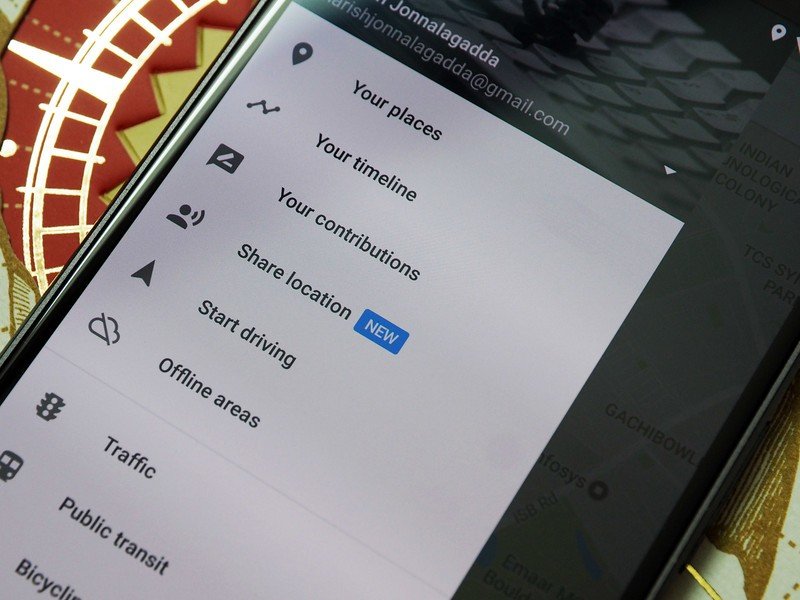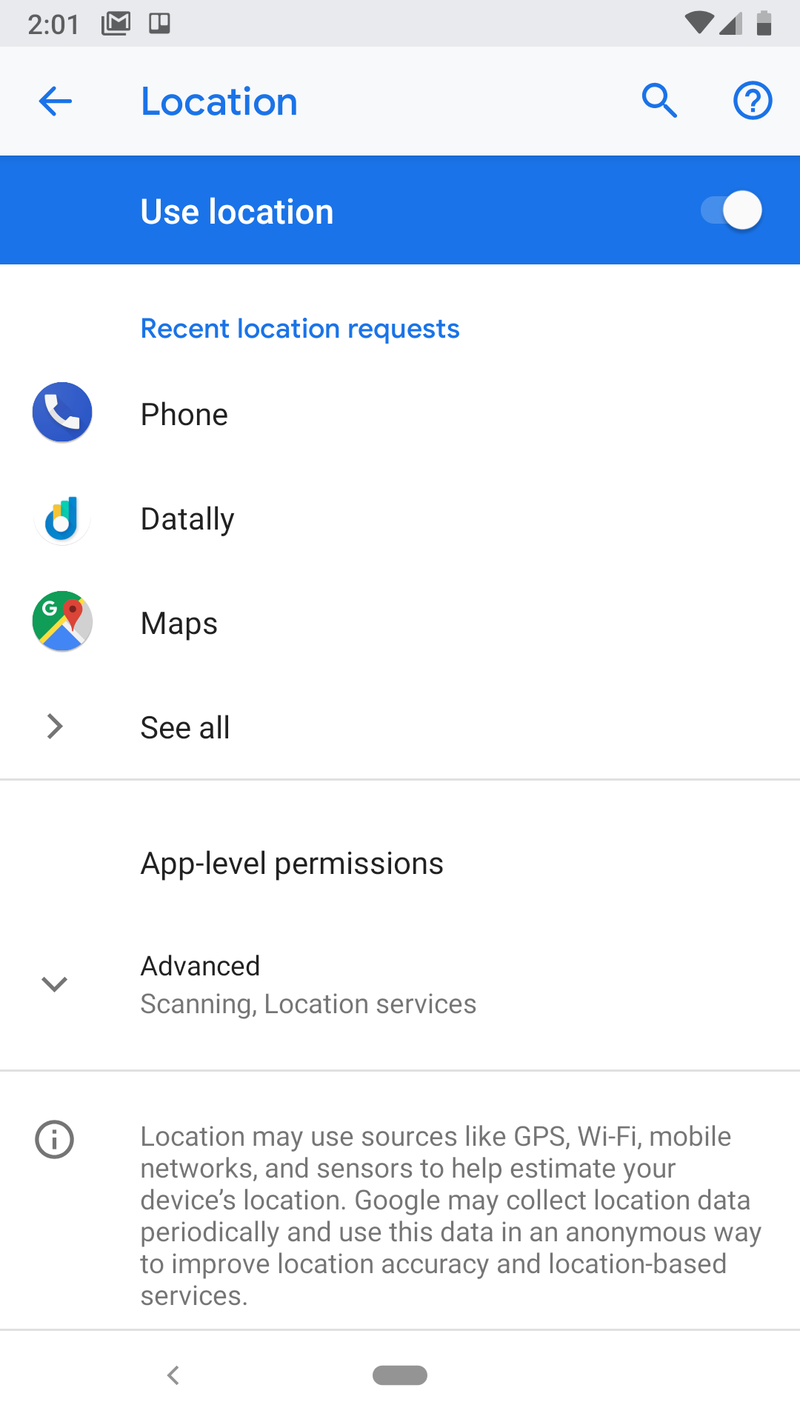How does GPS work on my phone?

One of the best features of any great smartphone is the way it can determine where you are while you're there. This has some downsides — horrible location-based ads or tracking your movements come to mind — but being able to see where you are, where you need to be, and exactly how to get there is awesome. Your smartphone has replaced your TomTom. Thank goodness.
All this magic happens the same way on every phone from every company making them, regardless of the operating system. Several components work together to pinpoint you (often with amazing accuracy), and the software can intelligently pick the best way to make it happen. If you need very precise location information for something like navigation, GPS is usually called up to do the job. What follows is a short explainer of just how GPS works on your smartphone.
What is GPS?

GPS stands for Global Positioning System. It's a technology developed by the U.S. Navy and currently owned (yes, owned) by the U.S. government and overseen by its Air Force. It's free for everyone to use and primarily a North American utility even though GPS is commonly a regional name for the same sort of system in other locales.
GPS is a radio navigation system. It uses radio waves between satellites and a receiver inside your phone to provide location and time information to any software that needs to use it. You don't have to send any actual data back into space for GPS to work; you only need to be able to receive data from four or more of the 28 satellites in orbit that are dedicated for geolocation use.
GPS is precise, but it's slow and uses a lot of power on both ends.
Each satellite has its own internal atomic clock and sends a time-coded signal on a specific frequency. Your receiver chip determines which satellites are visible and unobstructed (that's important, and you'll read why in a bit) then starts gathering data from the satellites with the strongest signals. GPS data is slow, and this is by design — satellites run on rechargeable batteries, and sending a fast signal hundreds of thousands of miles would require more power — so it'll take up to a minute to get your geolocation.
Your phone's GPS receiver uses the data from these signals to triangulate where you are and what time it is. Notice the word triangulation and the mention above that four satellites are required for GPS to work. The fourth signal is used to determine altitude so you can get your geolocation data on a map with only three signals.
GPS receivers use a lot of power and require an unobstructed view of multiple satellites to work. Obstructions can include tall buildings, and that means the places where most of us live can (and does) have trouble getting the data it needs all of the time. That's where AGPS comes into the picture.
Be an expert in 5 minutes
Get the latest news from Android Central, your trusted companion in the world of Android
What is AGPS?

For starters, you probably use AGPS — Assisted Global Positioning System — when you want your location from your phone. As mentioned, GPS radios use a lot of power, and unless they stay in constant use, it can take up to a minute each and every time you get new data. Since you usually want your location while on the move, that can be a burden.
The "A" in AGPS stands for assisted; your cell connection helps GPS find you.
AGPS adds cellular location data to assist geolocation. Your phone carrier knows where you are since your phone "pings" cell towers. How precise this is will depend on the strength of the signal between your phone and the tower, but it's usually good enough to be used for location data.
Software on your phone feeds this raw cellular location data to the GPS receiver, which will periodically switch between GPS data and cellular location to get a very close approximation (within 50 meters or so) in real-time. In other words, GPS can use data collected by your phone from the cell site it is connected to in order to work faster and more accurately.
AGPS does send data out of your phone, but its data that was already being sent when it checks for cell towers in range. You're not charged for this, but you will need an active data plan to use AGPS.
Which is better?

That's an easy question: Neither, because you'll want to use both.
AGPS is required for best performance, using battery life and speed as metrics. We want our phone to know where we are in real-time, not to use a lot of battery power to do it and to be able to refresh whenever the software needs it without waiting too long for a good GPS lock. AGPS location isn't as precise as a true GPS location will be, but it's a good start, and the micro-adjustments that can be made with true GPS data when it refreshes makes up for most discrepancies.
As mentioned, AGPS needs a cellular connection. That means there are cases where GPS is preferred. Any time you have no data connection, you'll be unable to use cellular-assisted GPS. The same goes when you don't have a good enough connection to any cell towers in range of your phone. Most apps that require location also require a data connection, but some, like Geocaching apps, live on your phone's storage and will work while you're off the beaten path looking for hidden treasure.
If you have a need to share your location, you'll want to enable everything you can. Just remember, you can turn it all back off when you no longer need it.

Jerry is an amateur woodworker and struggling shade tree mechanic. There's nothing he can't take apart, but many things he can't reassemble. You'll find him writing and speaking his loud opinion on Android Central and occasionally on Threads.
